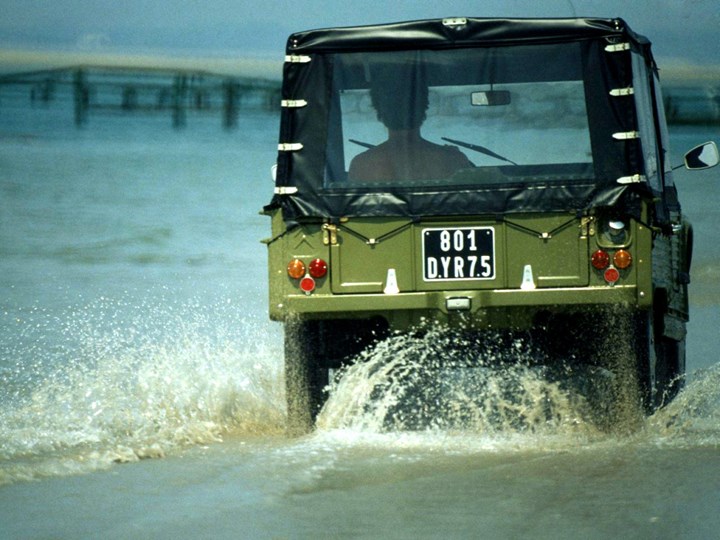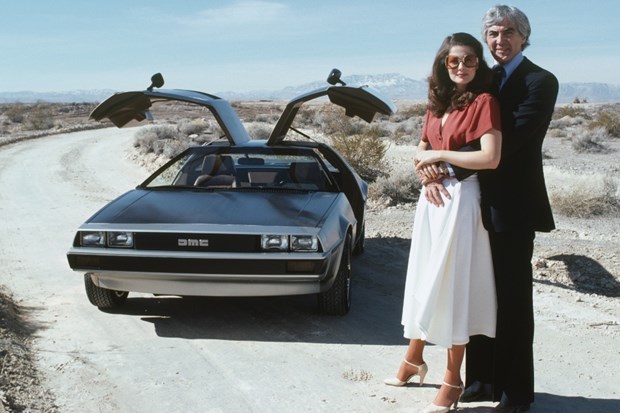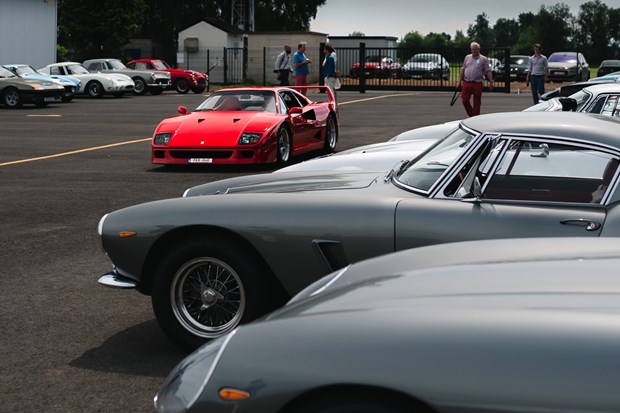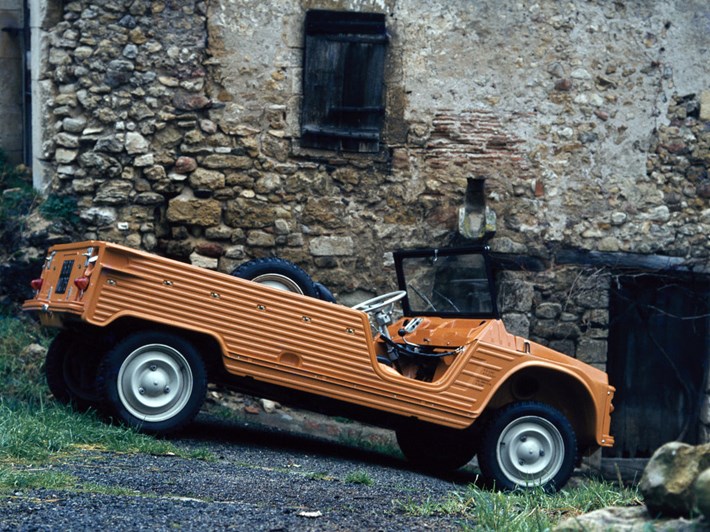
Launched at the height of the "Flower Power" era, the Mehari is an extremely friendly and simplistic vehicle based on the 2CV, equally at home on the beach or in the countryside.
Marketed at the end of the 1940s, the Citroën 2CV made the car accessible to many people who did not have a large budget. A universal vehicle that shone through its reliability, its many practical features and its good all-round abilities, the little French car very quickly inspired many craftsmen and DIY enthusiasts who saw in it an excellent basis for creating a multi-purpose car with an (even more) open body. This was particularly the case in the Ivory Coast, where the "Baby-Brousse" sold 30,000 units. In France, the industrialist Count Roland de la Poype joined forces with the designer Jean-Louis Barrault and the technician Jean Darpin to design a vehicle based on the 2CV, initially intended to be sold as a kit. In 1967, a first prototype was built: the bodywork was made of ABS, a very light and resistant plastic dyed in the mass. Equipped with the engine of a 2CV van, it was shown to Citroën's managers and, against all expectations, the brand's boss, Pierre Bercot, was particularly pleased with it. He decided to produce it in series under the name "Mehari", a term referring to the dromedary used by the Tuaregs.
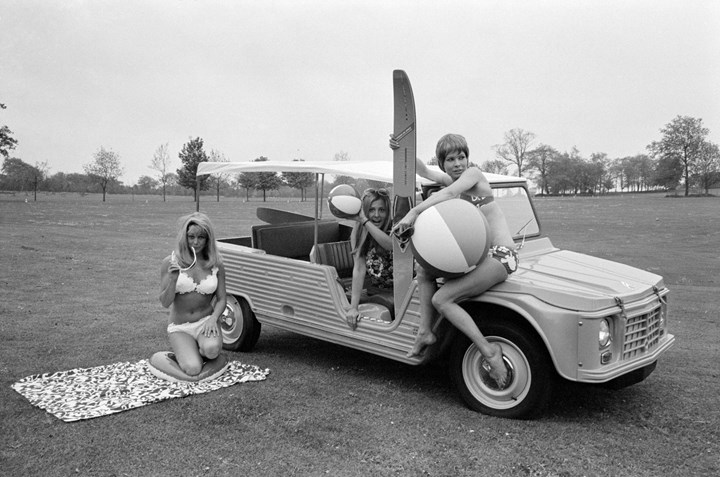
Failed launch
Finally based on the Dyane chassis and using the 602 cc twin-cylinder engine from the Ami 6, the Mehari was developed very quickly. It was finally launched on 11 May 1968 in Deauville, a debut that went almost unnoticed by the press because of the events that were shaking France at the time. During the first year of its career, the Mehari was produced in small series by the Société d'études et d'applications du plastique (SEAP), before being assembled directly by Citroën. Apart from a facelift in 1970, an improved engine (29 bhp thanks to a double-barrel carburettor!) in 1979 and the launch of a rare 4X4 version originally developed for the French army, the Mehari did not evolve until it was retired in 1987 after approximately 150,000 units had been produced.
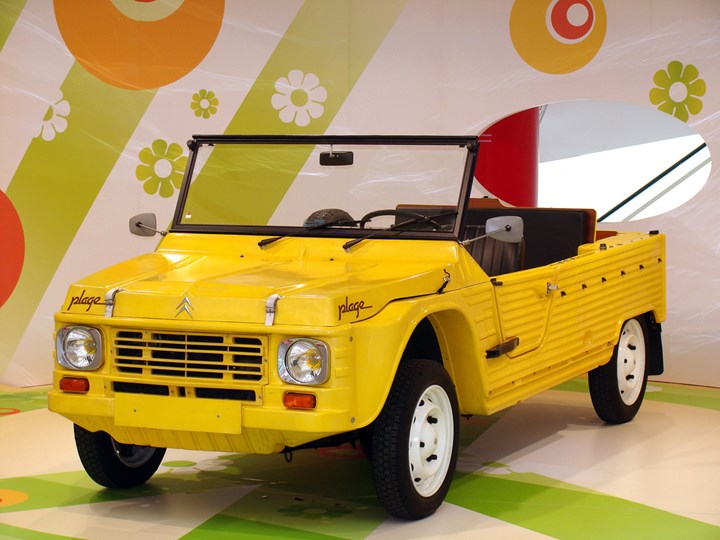
All-purpose maid
Available in 2 or 4 seat versions, the Mehari is a kind of Swiss Army knife. A leisure vehicle, it can also be a good light utility vehicle for certain specific needs. Its simplicity has meant that it has never really been replaced and that its users have kept it for many years. Never out of fashion, the Mehari is certainly up there with the Mini Moke and the Fiat 500 Jolly as the coolest beach cars. Extremely sought after, its price has exploded in recent years to reach 15,000 to 20,000 € (count on another 5,000 to 10,000 € for a 4x4) for fully restored models. Aging very badly because of UV rays, the bodywork is remanufactured (as are all the other parts) by Mehari Club Cassis, a leading French firm in this field. It is now even possible to drive an electric Mehari thanks to a conversion kit: is the little French car eternal?
